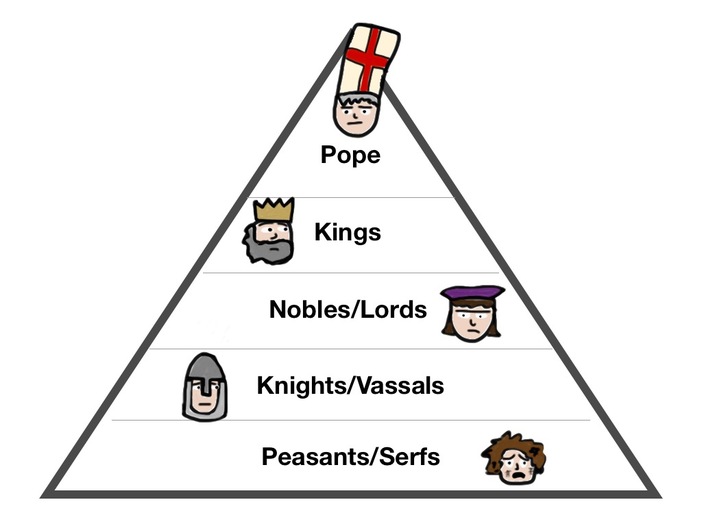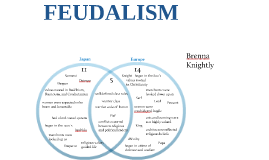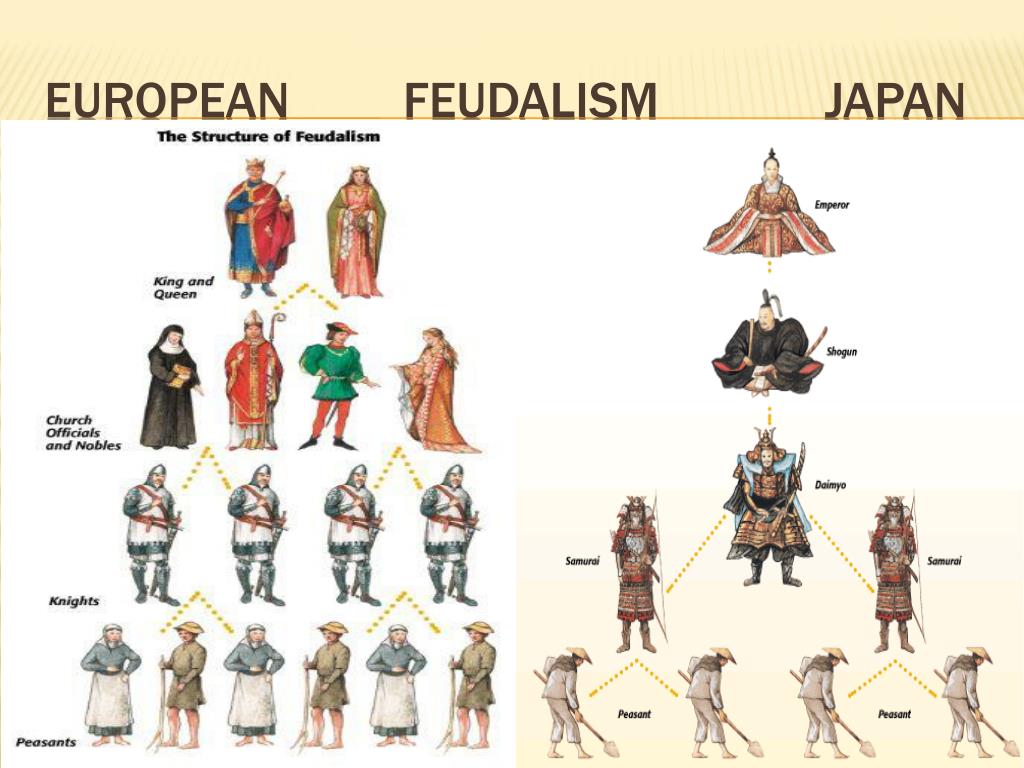
They functioned just as mercenaries, working for the highest bidder. If a contract were to expire with one lord, it wasn’t unusual to see that knight be bought by a rival who is paying a higher price. Knights served their employers though contracts. It was common for a samurai to be literate and trained in fine arts. In Japan, samurai didn’t only have strength, but they had to have other skills to earn their title.

Many times, they weren’t literate or mannerly, but just strong and adventurous. In Europe, knights were just that – knights. However, the ethics and morals of the two were very, very different from each other. They both served the same general purpose to protect the people from outside threats. There is much to be said about the differences between the knights and samurai in the feudalistic eras. The Japanese believed that the laborers were better than the merchant because while the laborer spent grueling hours to produce a profit, the merchant simply took somebody else’s work and sold it. In fact, the divide between the two wasn’t blurred as in Europe but made very clear. Merchants were thought of more highly than the common laborer. In Europe, underneath the knights were the peasants, who worked at the manors or did labor work. Underneath them were the knights and samurai, both of which I will discuss in the next paragraph.

Underneath the monarchs were nobles, which was pretty much the same between both civilizations. The true leader was the shogun, who was put at the top by the samurai. In actuality, the emperor was at the top only for show, as he was believed to have divine attributes. As for the Japanese system, on paper, their monarch, the emperor, was also on top. At the top of the European system sat the monarch, which meant the king or the queen. With a shogun overseeing the civilization, they could work together and focus on advancing as a whole instead of trying to conquer more land.Įven though the structures of the Japanese and European feudal systems appear to be the same, there are some small but key differences between them. With the establishment of a feudal system, they had some form of a central government. Japan, on the other hand, had a long history of being independent clans. The peasants would work in a manor, supporting the one who owns the manor, who supported the monarch and those who helped protect the manor. The implementation of the feudal system created one ruler, a monarch, that would rule over the citizens through a chain of command. After the collapse, invaders such as the Huns and the Goths seized the opportunity to try and take over lands that were divided amongst themselves, unsure of what to do. It had a large and powerful military, which warded off invaders. The Roman Empire had ruled over Europe for hundreds of years before its collapse, and it served as a powerful and central government. However, many aspects of the militaristic part of feudalism, specifically knights and samurai, were in stark contrast to one another. There was much in common between the two feudal systems, including their stabilizing effects and the similar hierarchal structures. The collapse of the Roman Empire left Europe open to invaders from all fronts, and Japan had long been a land of clans. To see the overheads used for this talk, click here.Prior to the development and establishment of feudalism in Medieval Europe and Japan from 600 – 1450 CE, both civilizations were fragmented. The legal foundations were, however, very different in the Japanese and European feudal systems: European feudalism was grounded in Roman legal structure while Japan feudalism had as its basis Chinese Confucian morality. However, both systems began with strong legalistic attitudes and stressed vassal-lord obligations, designed to ensure the allegiance of the former in periods of constant warfare. This delay could have been due to Japan's isolation and the lack of foreign invasions. Japan's feudal tradition can be traced to T'ang China and the uji organization in early Japan.įeudalism developed slightly later in Japan than in Europe (12th and 9th centuries, respectively). In Europe these ingredients derived from the Roman Empire and the Germanic tribes. Both seem to have developed from a blending of concepts of centralized imperial rule with traditional tribal organization and personal bonds of loyalty.

There are similarities and differences between Japanese and European feudalism. Guest lecturer at Alberta Vocational College.


 0 kommentar(er)
0 kommentar(er)
